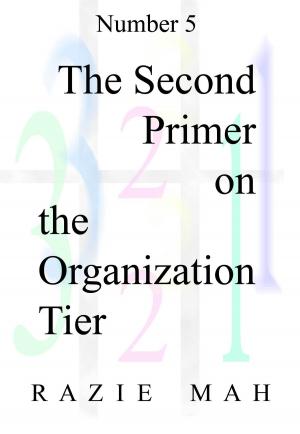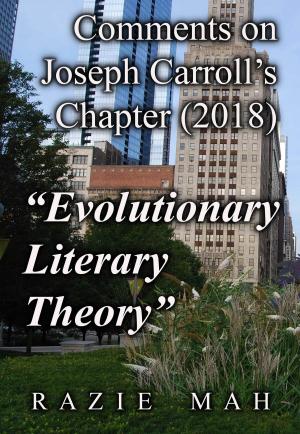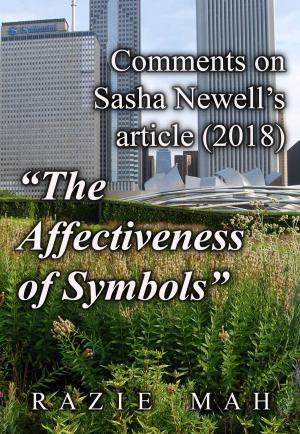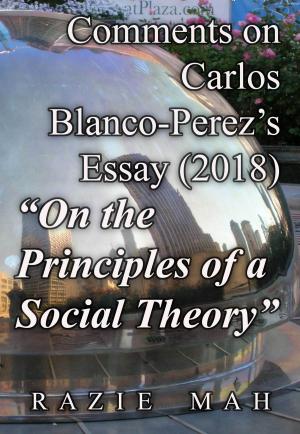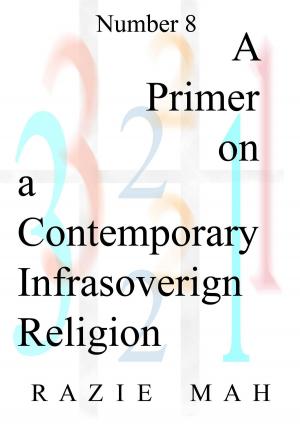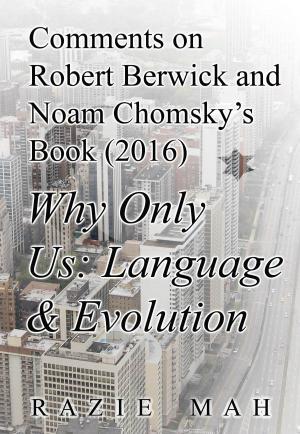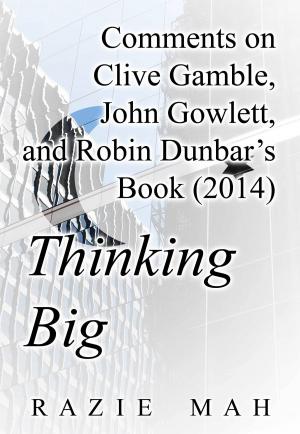Comments on Mariusz Tabaczek’s Essay (2019) "What do God and Creatures Really Do in an Evolutionary Change?"
Nonfiction, Religion & Spirituality, Philosophy, Metaphysics| Author: | Razie Mah | ISBN: | 9781942824763 |
| Publisher: | Razie Mah | Publication: | July 27, 2019 |
| Imprint: | Smashwords Edition | Language: | English |
| Author: | Razie Mah |
| ISBN: | 9781942824763 |
| Publisher: | Razie Mah |
| Publication: | July 27, 2019 |
| Imprint: | Smashwords Edition |
| Language: | English |
Mariusz Tabaczek, OP, publishes an essay in 2019 in the American Catholic Philosophical Quarterly. The full title is “What Do God and Creatures Really Do in an Evolutionary Change? Divine Concurrence and Transformation from the Thomistic Perspective”. He wonders whether it is right to ascribe all causation in evolution to creatures, acting through secondary and instrumental causes. His answer builds a complementarity (or concurrence) between primary and secondary causation.
He chides evolutionary theists for not specifying the exact nature of the secondary and instrumental causes at work in evolution. Yet, from a category-based perspective, his essay confounds three complementary explanatory manifolds. One manifold goes with primary and secondary causation. Another works with the four causes. The third revolves around the contiguity between being (ens) and form.
Indeed, the category-based nested form translates Tabaczek’s argument into a postmodern framework, while at the same time, engaging mystery, mediation and the dyadic nature of actuality. There is more to theistic evolution than meets the eye.
Mariusz Tabaczek, OP, publishes an essay in 2019 in the American Catholic Philosophical Quarterly. The full title is “What Do God and Creatures Really Do in an Evolutionary Change? Divine Concurrence and Transformation from the Thomistic Perspective”. He wonders whether it is right to ascribe all causation in evolution to creatures, acting through secondary and instrumental causes. His answer builds a complementarity (or concurrence) between primary and secondary causation.
He chides evolutionary theists for not specifying the exact nature of the secondary and instrumental causes at work in evolution. Yet, from a category-based perspective, his essay confounds three complementary explanatory manifolds. One manifold goes with primary and secondary causation. Another works with the four causes. The third revolves around the contiguity between being (ens) and form.
Indeed, the category-based nested form translates Tabaczek’s argument into a postmodern framework, while at the same time, engaging mystery, mediation and the dyadic nature of actuality. There is more to theistic evolution than meets the eye.

